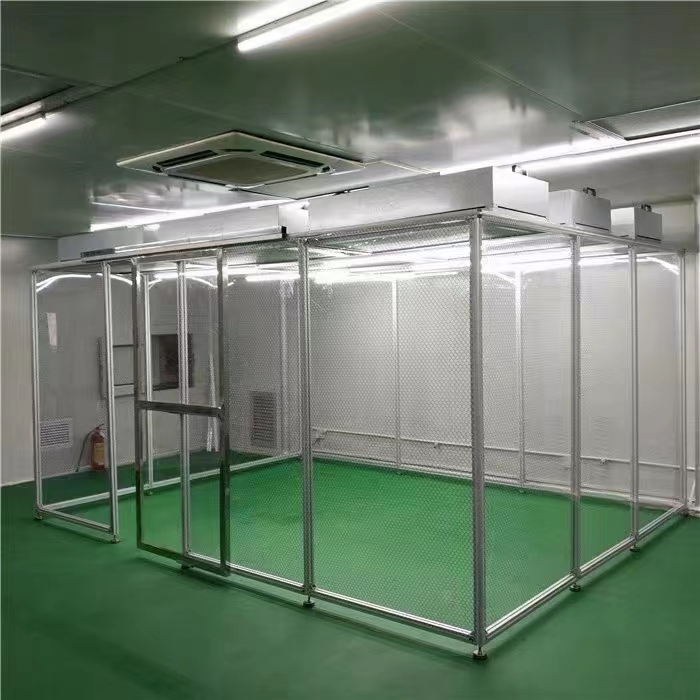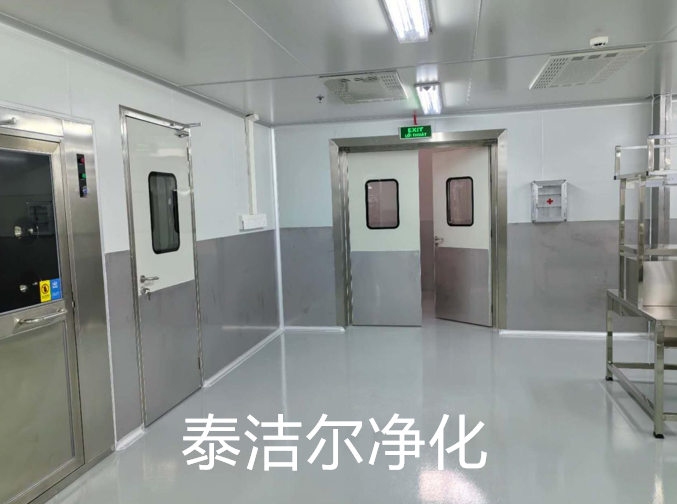
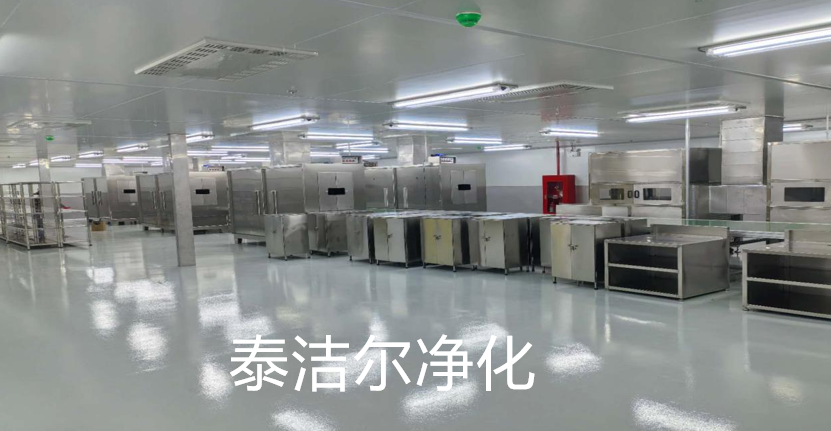
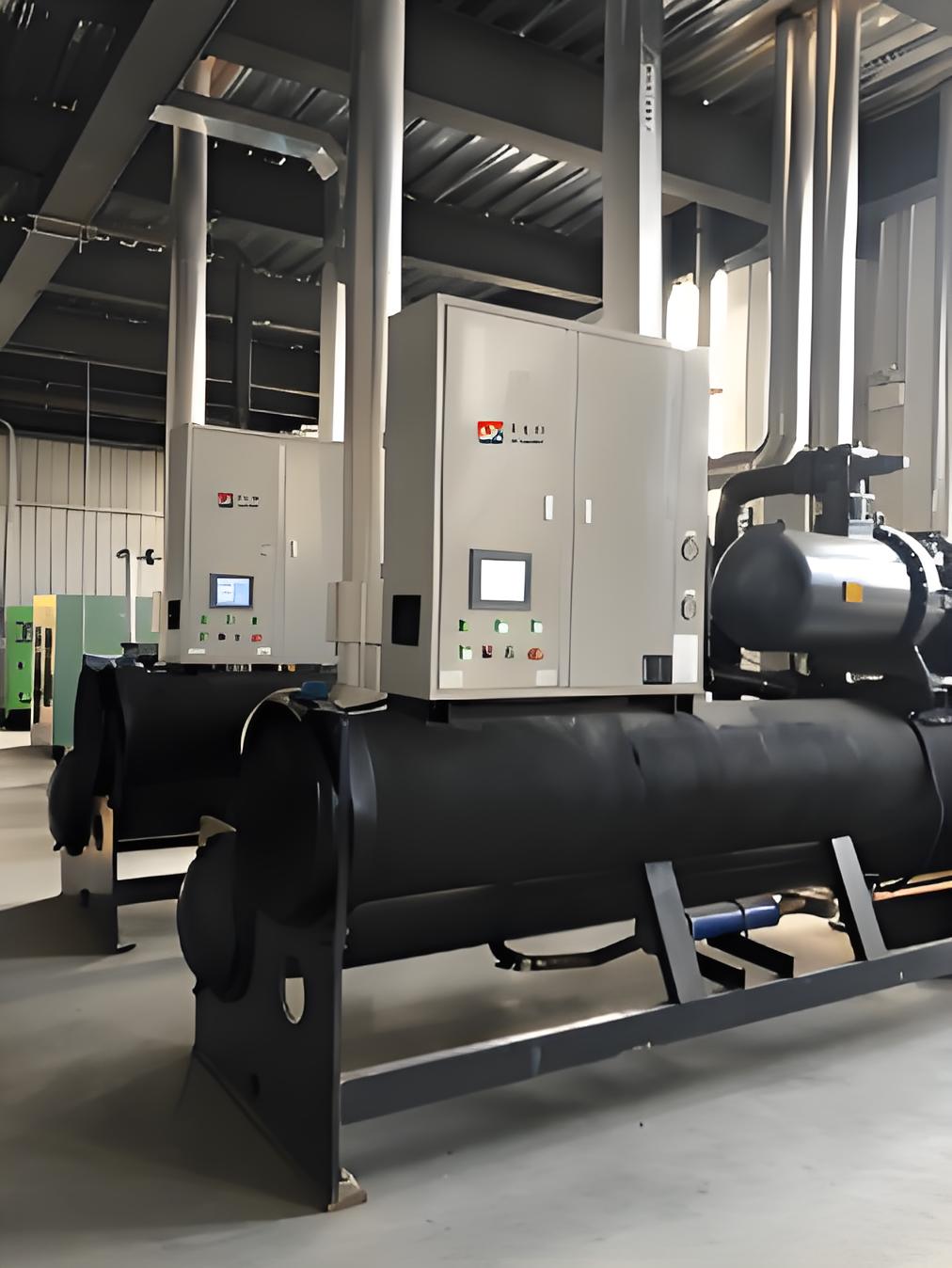
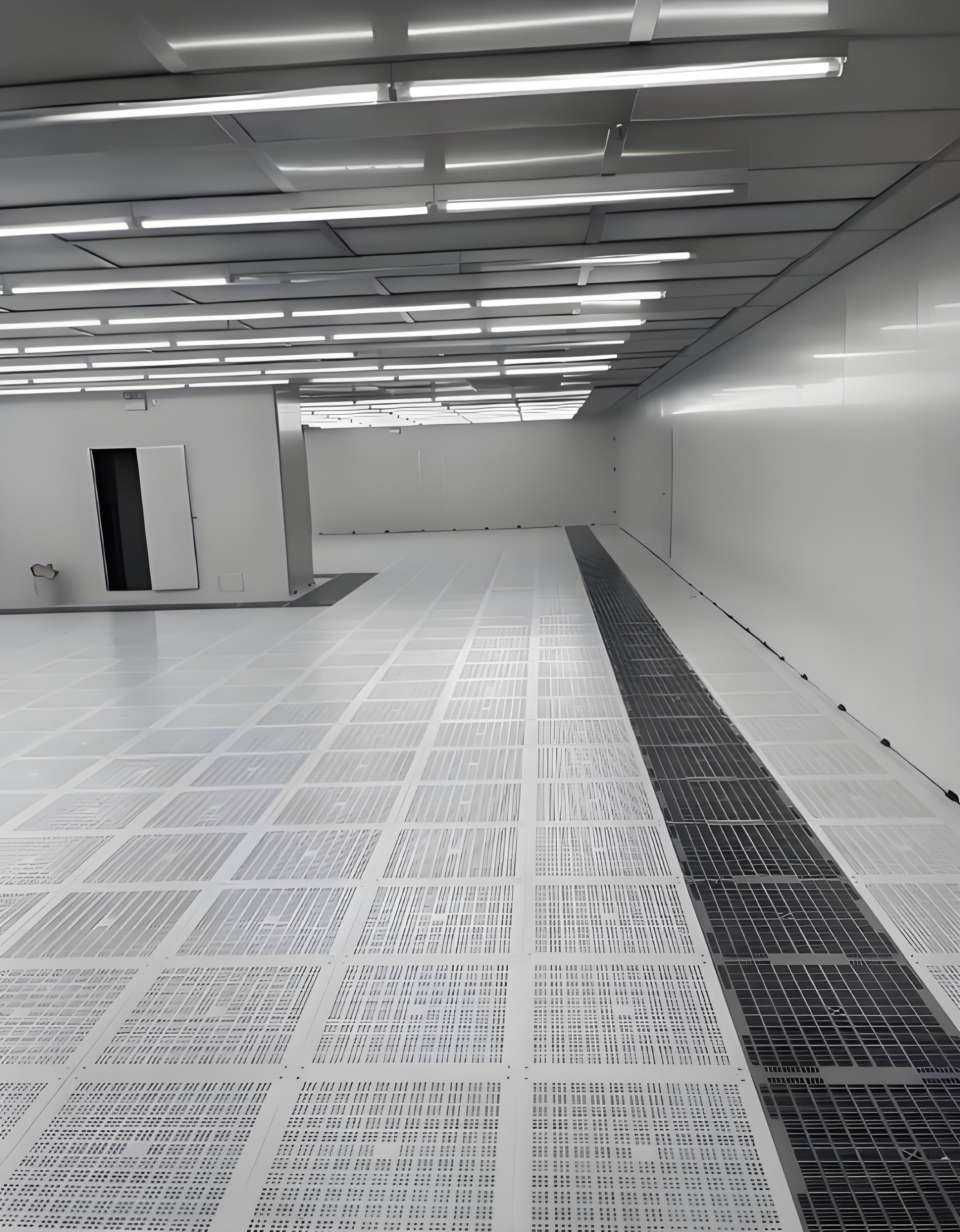

In an era defined by industrial advancement, population growth, and environmental challenges, the demand for pure substances – clean water, breathable air, uncontaminated liquids, and high-purity gases – has never been greater. This is the fundamental domain of Purification Engineering, a multidisciplinary field dedicated to designing, developing, and implementing technologies to remove contaminants and impurities from various matrices. From ensuring safe drinking water to enabling cutting-edge semiconductor manufacturing, Purification Engineering underpins modern life and industry. This comprehensive guide explores the core principles of Purification Engineering design, delves into critical applications like liquid purification engineering and water purification engineering, examines the complexities of gas purification engineering, and highlights the role of specialized Purification Engineering corporation entities in driving innovation and delivering solutions.
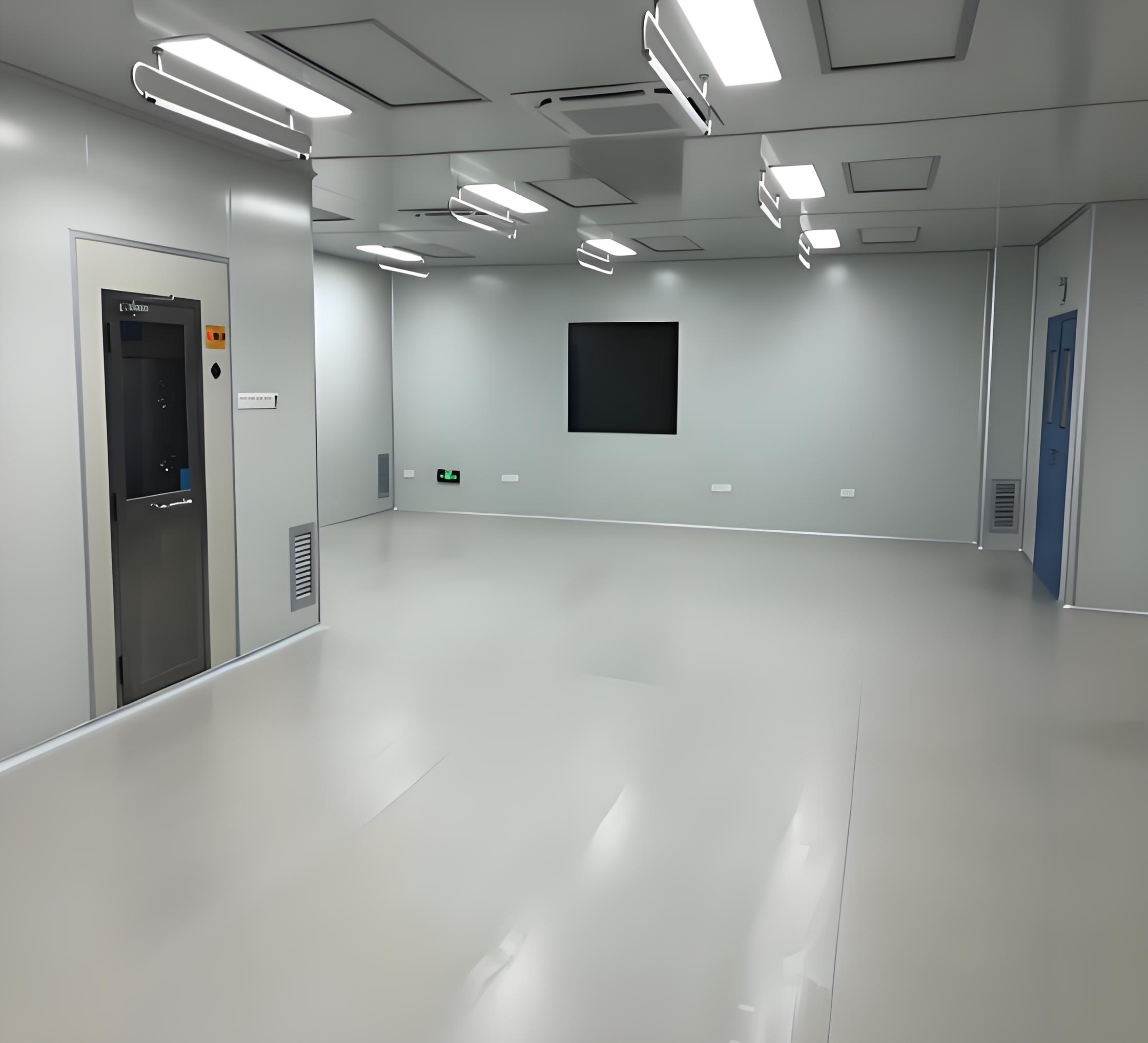
Foundations of Effective Purification Engineering Design
The success of any purification system hinges on meticulous Purification Engineering design. This process involves a systematic approach tailored to the specific contaminant, the matrix (liquid, gas), the required purity level, and operational constraints. Key elements include:
Contaminant Characterization: Precise identification and quantification of target impurities (e.g., particulates, microorganisms, dissolved salts, organic compounds, specific gases) is paramount. Understanding their physical and chemical properties (size, charge, solubility, reactivity) dictates the selection of removal mechanisms.
Process Selection & Integration: Purification Engineering design involves choosing the most effective unit operations (filtration, adsorption, ion exchange, membrane separation, distillation, chemical treatment, oxidation, biological treatment) and integrating them into an optimal sequence or hybrid process. Redundancy is often built-in for critical applications.
Material Compatibility: Selecting materials of construction (polymers, metals, ceramics) that resist corrosion, fouling, and leaching under process conditions is vital for system longevity and preventing secondary contamination – a core tenet of robust Purification Engineering design.
Scalability & Modularity: Designs must consider future needs, allowing for scale-up or adaptation. Modular Purification Engineering design offers flexibility and easier maintenance.
Automation & Control: Modern systems incorporate sophisticated sensors (pH, conductivity, turbidity, pressure, flow) and automated control systems for real-time monitoring, adjustment, and data logging, ensuring consistent output quality – a hallmark of advanced Purification Engineering design.
Sustainability & Efficiency: Energy consumption, waste generation (brine, spent media), chemical usage, and footprint are critical design considerations. Efficient Purification Engineering design minimizes environmental impact and operational costs.
Regulatory Compliance: Designs must adhere to stringent local and international standards (e.g., EPA, WHO, FDA, USP, pharmacopeias) relevant to the application (drinking water, pharmaceuticals, food & beverage, electronics).
Liquid Purification Engineering: Beyond Water
While water purification is a massive subset, liquid purification engineering encompasses a vast array of applications treating diverse non-gaseous streams:
Industrial Process Liquids: Removing impurities from chemicals, solvents, acids, bases, and process streams in manufacturing (chemical, petrochemical, pharmaceutical) to protect equipment, ensure product quality, and enable reactions. Purification Engineering solutions here often involve specialized adsorbents, ion exchange resins, or nanofiltration.
Food & Beverage Processing: Clarifying juices, wines, and beers; removing microorganisms, toxins, or off-flavors; demineralizing water for soft drinks; purifying ingredients like sugars and oils. Techniques include centrifugation, depth filtration, membrane filtration (MF, UF), and UV treatment – all under the umbrella of liquid purification engineering.
Pharmaceuticals & Biotech: Producing Water-for-Injection (WFI) and Purified Water (PW) via multi-stage processes (reverse osmosis, electrodeionization, distillation). Purifying buffers, media, and process intermediates. Critical for drug safety and efficacy, demanding the highest standards in liquid purification engineering, often incorporating ultrafiltration and virus filtration.
Wastewater & Effluent Treatment: While often seen as separate, advanced treatment for reuse (industrial or indirect potable) employs sophisticated liquid purification engineering techniques like membrane bioreactors (MBRs), advanced oxidation processes (AOPs), and tertiary filtration to remove recalcitrant contaminants.
Semiconductor Manufacturing: Producing ultra-pure water (UPW) and high-purity chemicals essential for chip fabrication. This represents the pinnacle of liquid purification engineering, involving continuous deionization, ultrafiltration, degasification, and advanced oxidation, achieving part-per-trillion impurity levels.
Water Purification Engineering: Securing Our Most Vital Resource
Water purification engineering is arguably the most visible and critical application of purification principles, directly impacting human health, industry, and ecosystems. It addresses diverse sources and needs:
Municipal Drinking Water Treatment: Large-scale systems treating surface water (rivers, lakes) or groundwater. Standard processes include coagulation/flocculation, sedimentation, granular media filtration (sand/anthracite), and disinfection (chlorine, UV, ozone). Advanced water purification engineering increasingly incorporates membrane filtration (UF/MF) and activated carbon adsorption for contaminant removal (e.g., PFAS, pesticides).
Desalination: Converting seawater or brackish water into freshwater, primarily via Purification Engineering technologies like Reverse Osmosis (RO) and Multi-Stage Flash (MSF) distillation. Energy efficiency and brine management are major design focuses.
Point-of-Use/Point-of-Entry (POU/POE): Smaller-scale systems for homes or buildings, including activated carbon filters, sediment filters, RO units, and UV disinfection systems. Water purification engineering principles ensure effectiveness against specific local contaminants (e.g., lead, arsenic, nitrates).
Industrial Water Treatment: Treating boiler feed water (removing dissolved gases, silica, hardness), cooling tower water (controlling scaling, corrosion, biofouling), and process water to very specific purity standards. Water purification engineering here prevents equipment damage and ensures product quality.
Wastewater Treatment & Reuse: As water scarcity increases, water purification engineering is pivotal in developing advanced treatment trains for wastewater recycling (greywater, blackwater) for non-potable (irrigation, industrial cooling) and increasingly, indirect or direct potable reuse, employing technologies like MBRs, RO, and AOPs.

Gas Purification Engineering: Ensuring Purity from Atmosphere to Process Stream
Gas purification engineering focuses on removing contaminants from gaseous streams, essential for environmental protection, industrial safety, and high-tech manufacturing:
Air Pollution Control: Removing particulate matter (PM), sulfur oxides (SOx), nitrogen oxides (NOx), volatile organic compounds (VOCs), and hazardous air pollutants (HAPs) from industrial flue gases and exhaust streams. Technologies include electrostatic precipitators (ESPs), baghouses, scrubbers (wet/dry), selective catalytic reduction (SCR), and activated carbon adsorption – all designed through rigorous gas purification engineering.
Indoor Air Quality (IAQ): Purifying air in buildings, hospitals, and cleanrooms using High-Efficiency Particulate Air (HEPA) filters, activated carbon filters, UVGI (Ultraviolet Germicidal Irradiation), and photocatalytic oxidation systems. Gas purification engineering principles ensure effective removal of pathogens, allergens, VOCs, and odors.
Industrial Process Gases: Purifying gases used in manufacturing processes. Examples include:
Removing moisture, oxygen, and hydrocarbons from inert gases (Nitrogen, Argon) used in welding, electronics, and food packaging (using adsorption, catalytic purification).
Purifying hydrogen for fuel cells and refining (using pressure swing adsorption - PSA, membrane separation).
Removing CO2 from natural gas (using amine scrubbing, membranes) or biogas upgrading.
Producing ultra-high-purity (UHP) gases (e.g., nitrogen, argon, oxygen, hydrogen) for semiconductor fabrication, requiring specialized gas purification engineering with multiple purification stages (getters, catalysts, sub-micron filtration).
Medical Gases: Ensuring the purity of oxygen, nitrous oxide, medical air, and other therapeutic gases delivered to patients, adhering to strict pharmacopeial standards (USP, EP). Gas purification engineering employs filtration, adsorption, and catalytic processes.
The Role of Purification Engineering Corporations
Developing, manufacturing, and deploying complex purification systems requires specialized expertise, resources, and global reach. This is the domain of Purification Engineering corporation entities. These companies play several vital roles:
Technology Development & Innovation: Investing heavily in R&D to create more efficient, sustainable, and cost-effective purification technologies (e.g., novel membranes, advanced adsorbents, energy-recovery devices, smart monitoring systems). Leading Purification Engineering corporation players drive the industry forward.
System Design & Engineering: Providing turnkey solutions, from conceptual design and feasibility studies to detailed engineering, procurement, and construction management (EPC/EPCM). Their deep expertise in Purification Engineering design ensures optimized solutions for specific client needs.
Manufacturing & Supply: Producing standardized and custom-designed purification equipment (filters, membranes, vessels, skids, control systems) and consumables (resins, cartridges, adsorbents).
Project Management & Implementation: Overseeing the complex installation, commissioning, and start-up of large-scale purification facilities, particularly in municipal water and industrial settings.
Operation & Maintenance (O&M) Services: Providing long-term support contracts, including performance monitoring, preventive maintenance, consumables replacement, and troubleshooting, crucial for sustained system efficiency – a key offering from any reputable Purification Engineering corporation.
Specialized Expertise: Many corporations focus on niche areas, becoming leaders in specific domains like seawater desalination, UPW for semiconductors, biopharma purification, or advanced flue gas treatment.
Emerging Trends and Future Directions
The field of Purification Engineering is constantly evolving. Key trends shaping its future include:
Membrane Technology Advancements: Development of fouling-resistant membranes, biomimetic membranes, graphene-based membranes, and forward osmosis (FO) for lower energy desalination and concentration.
Advanced Oxidation Processes (AOPs): Wider adoption and optimization of AOPs (e.g., UV/H2O2, ozone-based, photocatalysis) for destroying trace organic contaminants (pharmaceuticals, pesticides, PFAS) in water and wastewater.
Digitalization & AI: Increased use of IoT sensors, big data analytics, machine learning, and digital twins for predictive maintenance, real-time optimization, remote monitoring, and performance prediction of purification systems.
Material Science Innovations: Development of next-generation adsorbents (e.g., Metal-Organic Frameworks - MOFs), catalysts, and ion-exchange resins with higher capacity, selectivity, and regenerability.
Energy Efficiency & Recovery: Intensified focus on reducing the energy footprint of purification processes, especially desalination and gas separation, through improved system design and energy recovery devices (e.g., isobaric chambers in RO, pressure exchangers).
Circular Economy Integration: Designing systems for resource recovery – extracting valuable minerals from brines, recovering nutrients from wastewater, regenerating and reusing spent media – moving beyond mere removal towards resource utilization.
Decentralized & Modular Systems: Growth in compact, pre-fabricated, and containerized purification units for remote areas, disaster relief, and distributed water treatment/reuse.
Purification Engineering stands as an indispensable pillar of modern civilization and sustainable development. From the intricate Purification Engineering design principles that govern system efficiency to the specialized applications in liquid purification engineering, water purification engineering, and gas purification engineering, this field addresses fundamental challenges of resource scarcity, environmental protection, and industrial progress. The continuous innovation driven by Purification Engineering corporation entities ensures that technologies become more effective, efficient, and accessible. As populations grow, industries advance, and environmental pressures mount, the role of Purification Engineering will only become more critical. By embracing emerging technologies, prioritizing sustainability, and fostering collaboration, the field will continue to deliver the pure water, clean air, and uncontaminated materials essential for a healthier, safer, and more prosperous future for all.




